We use cookies to make your experience better. To comply with the new e-Privacy directive, we need to ask for your consent to set the cookies. Learn more
AbIver: Bot Problems? try Ivermectin Now!
Bots are annoying creatures that are capable of causing physical damage to your horse.
They may not be the worst of equine parasites but they can be a great source of external and internal problems in horses. The external aspect is the primary cause of irritation to your horse. The botfly takes the size of the honeybee and its purpose is to lay eggs on the hairs of the horse’s leg, neck, face and other areas of the body. Botflies don’t bite or sting. However, they can be ticklish when they land on the horse’s body and deposit their eggs.
Bots are not worms like the roundworms or ascarids, etc. However, using an equine dewormer can effectively control them. But how is it that a dewormer should be used to control these pests? This is because bots lay their eggs and these eggs will mature into larvae, which will find their way to the horse’s stomach and do some damage therein.
Parasites like bots need a host to continue their lifecycle. They specialize in attacking only horses, mules, or zebras. But they do not attack cattle or other livestock. Generally, botflies lay their eggs one at a time. However, the female is capable of laying about 150-500 eggs, depending on the botfly species. This would only mean that a botfly would continue harassing the horse by buzzing around and giving distractions when the horse needs to focus. These botflies are found to be active during warm months, and only during cold months can the horse rest from these pesky flies.
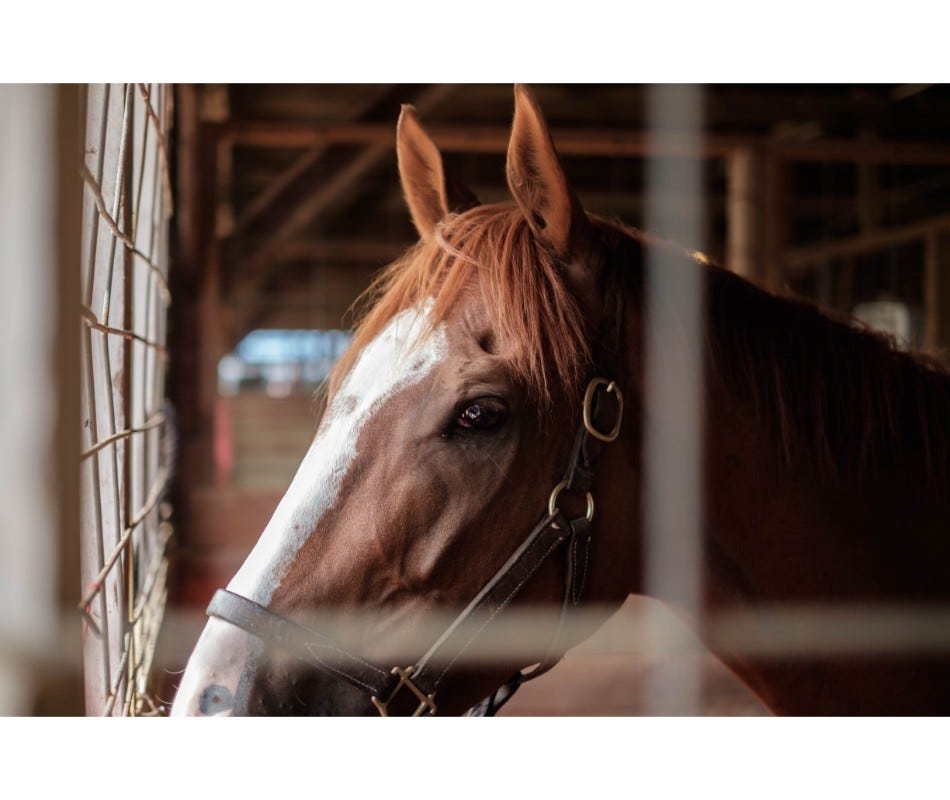
Removing Bot fly from horses hair
Bots, especially in large numbers in the stomach, can impair digestion. Heavy infestation can also result to loss of condition, restlessness, loss of appetite, increased body temperature, and intermittent constipation or diarrhea. Veterinarians say that bot larvae are also capable of causing gastritis and development of stomach ulcers.
Bots may not be as destructive as other equine parasites but regardless of that fact, they can still be irritating to the horse. In order to control the infestations, it is important to break their life cycle. The first step to control the infestation is to remove the bot eggs from horsehairs on a regular basis. There are tools developed to facilitate the process of bot egg removal. Bathing the affected area also helps in removing the eggs.
Removing all the bot eggs may be close to impossible. It can be due to time constraints or simply, some of the eggs are well hidden under horsehairs. This is where deworming come to be very helpful. The goal of giving equine dewormers is to eliminate the larvae that are in their developmental stage while adhering to the stomach lining. Killing the bots at their maturing stage will not give them a chance to leave the horse’s body via manure, where they can pupate and begin another life cycle.
Ivermectin for horses is the best horse wormer for bot infestation. This deworming agent not only targets other types of intestinal worms such as ascarids and small strongyles. It is also a highly effective solution for bot infestation. You can remove bot larvae successfully if you give the agent at the recommended dose. For total control of worms and bots in horses, consult your veterinarian on the best schedule for Ivermectin. Buy Ivermectin now!

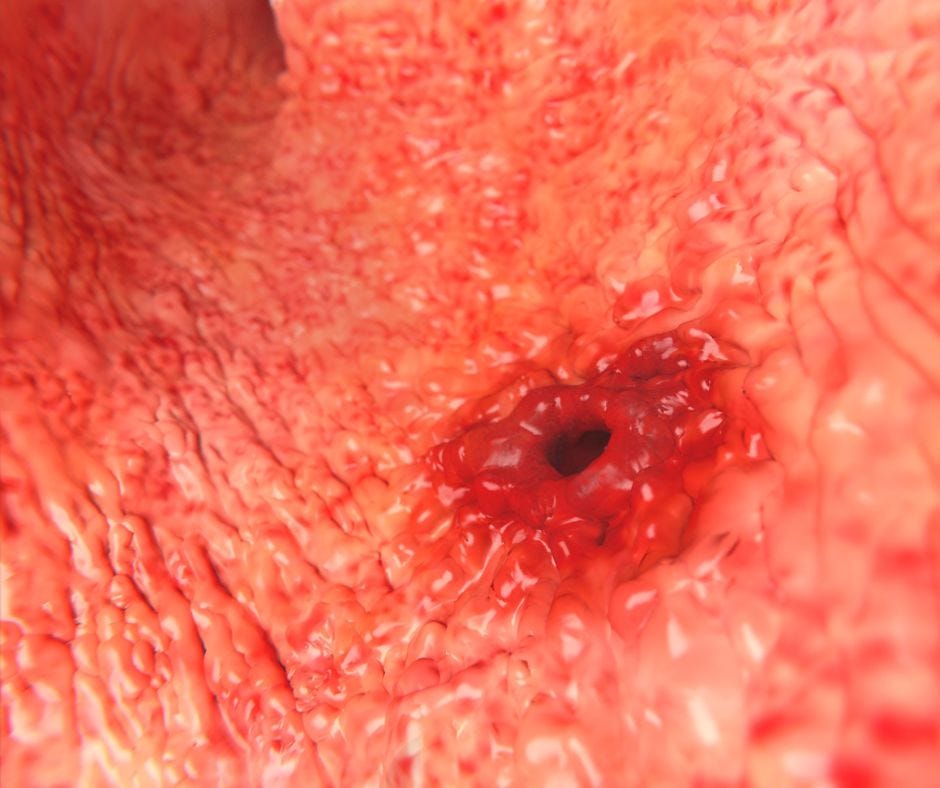
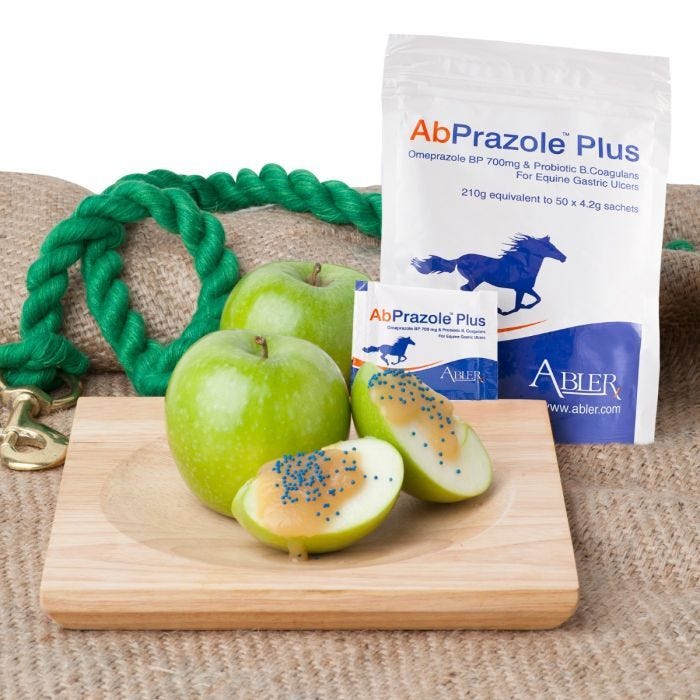
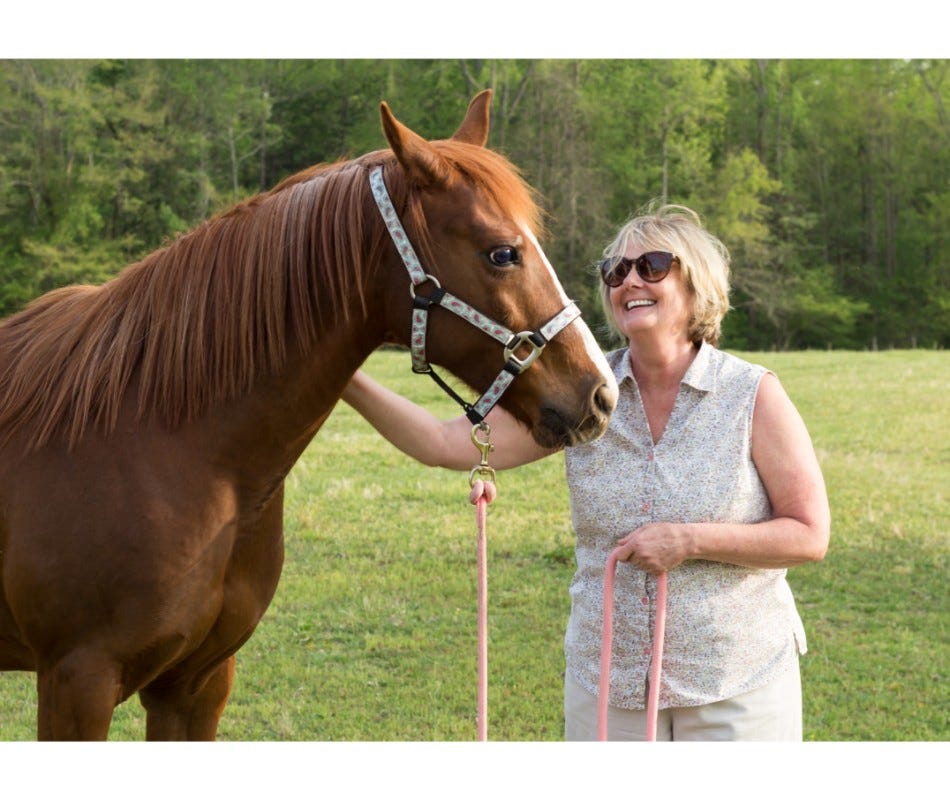
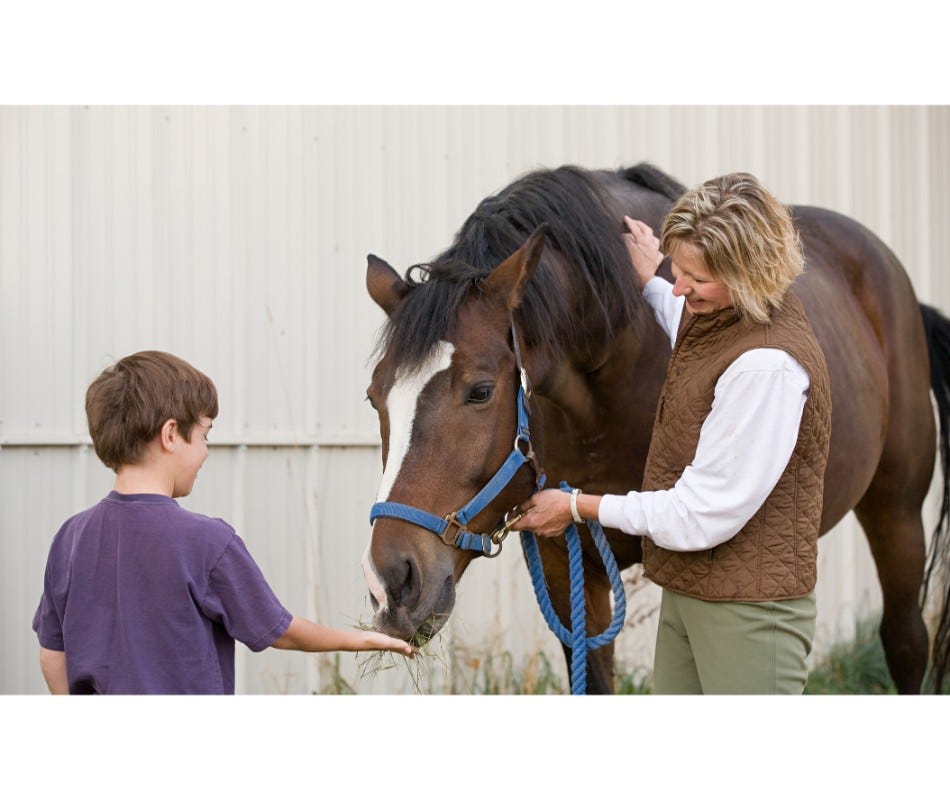
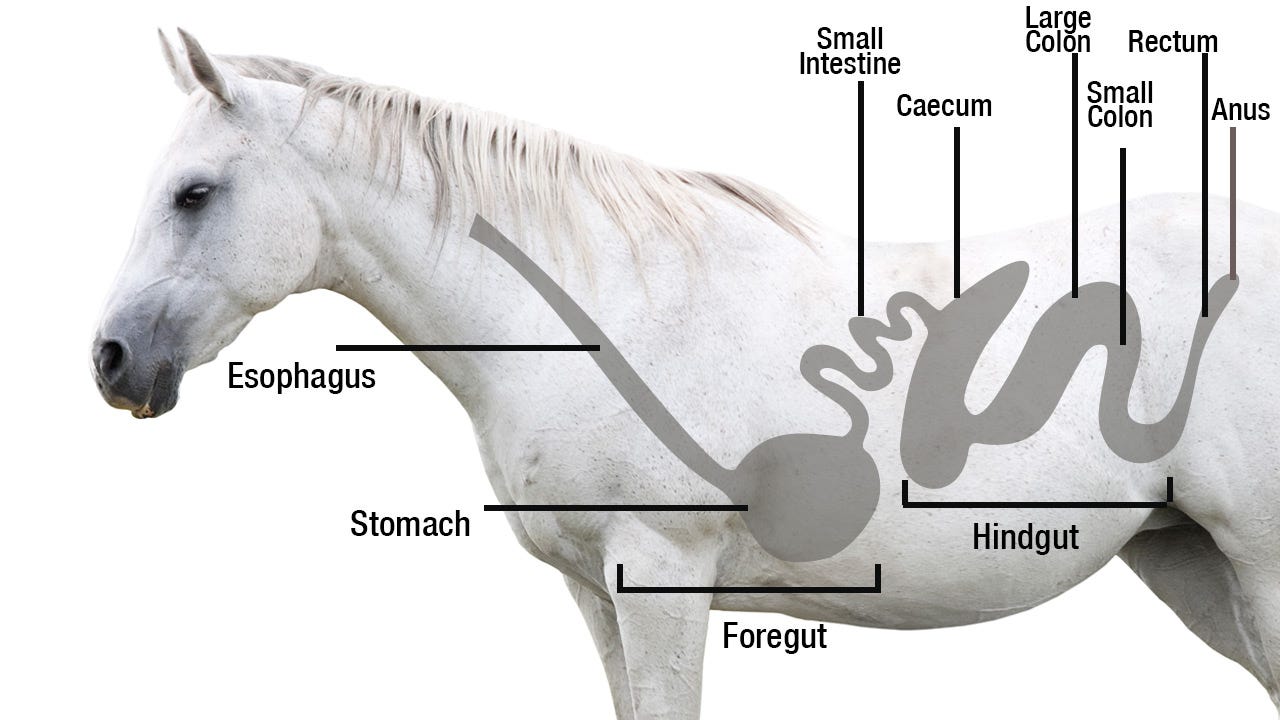
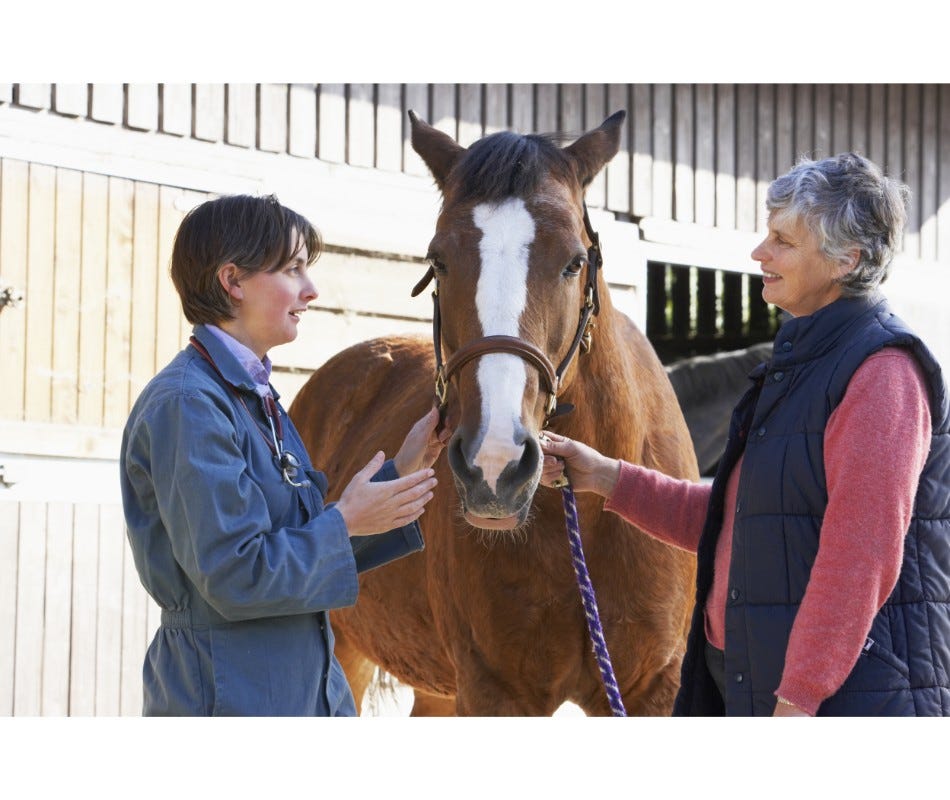
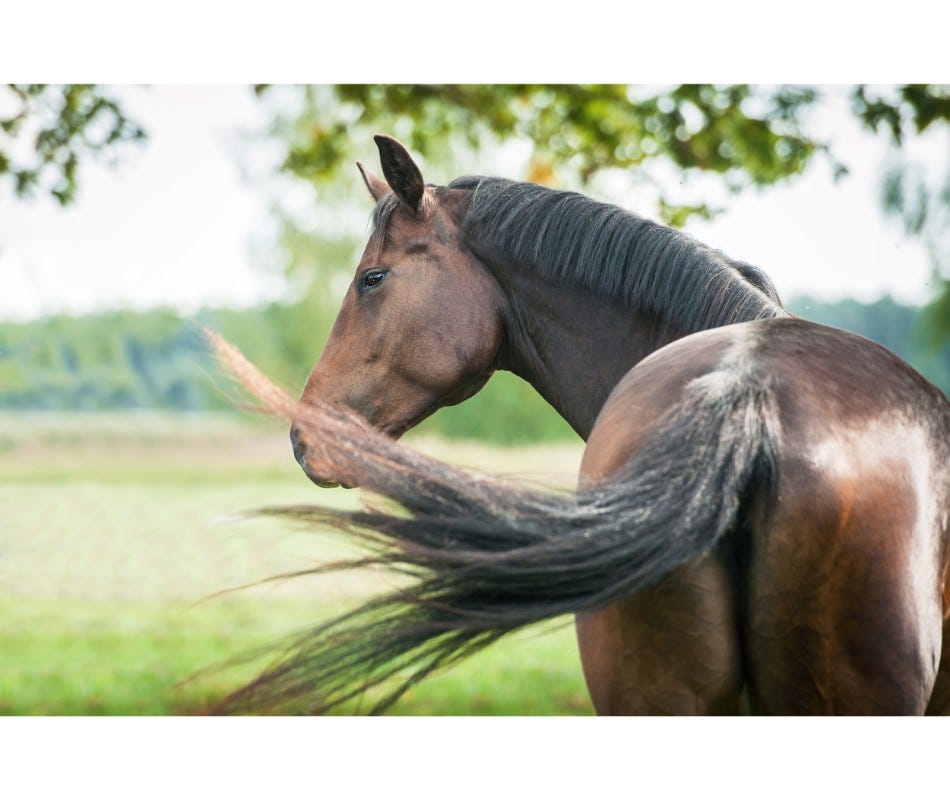
Validate your login